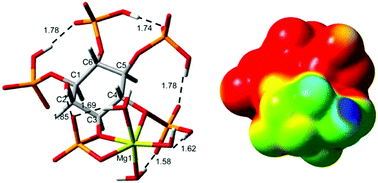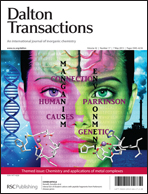The myo-inositol phosphates (InsPs) are specific signalling metabolites ubiquitous in eukaryotic cells. Although Ins(1,3,4,5,6)P5 is the second most abundant member of the InsPs family, its certain biological roles are far from being elucidated, in part due to the large number of species formed by Ins(1,3,4,5,6)P5 in the presence of metal ions. In light of this, we have strived in the past to make a complete and at the same time “biological-user-friendly” description of the Ins(1,3,4,5,6)P5 chemistry with mono and multivalent cations. In this work we expand these studies focusing on the inframolecular aspects of its protonation equilibria and the microscopic details of its coordination behaviour towards biologically relevant metal ions. We present here a systematic study of the Ins(1,3,4,5,6)P5 intrinsic acid–base processes, in a non-interacting medium, and over a wide pH range, analyzing the 31P NMR curves by means of a model based on the Cluster Expansion Method. In addition, we have used a computational approach to analyse the energetic and structural features of the protonation and conformational changes of Ins(1,3,4,5,6)P5, and how they are influenced by the presence of two physiologically relevant cations, Na+ and Mg2+.


 Please wait while we load your content...
Please wait while we load your content...